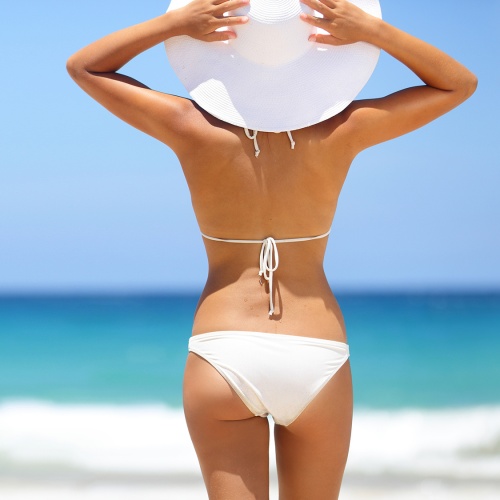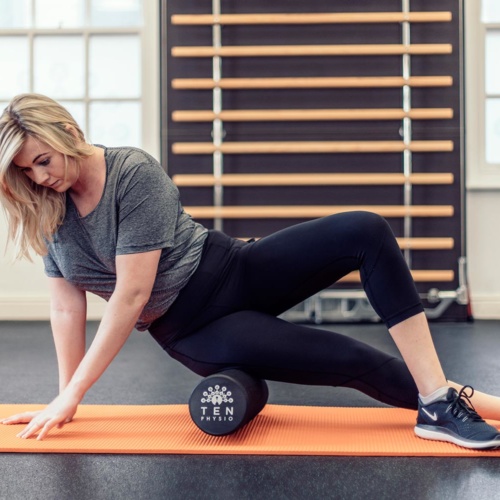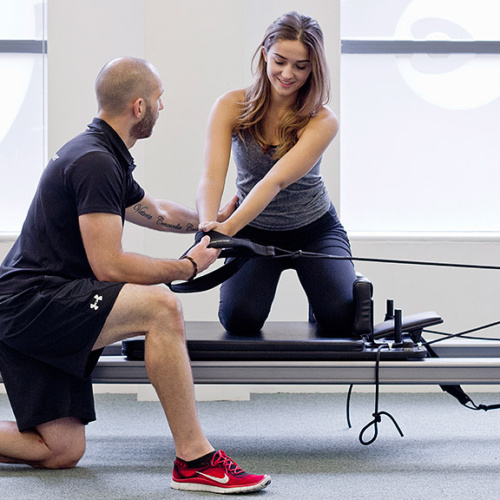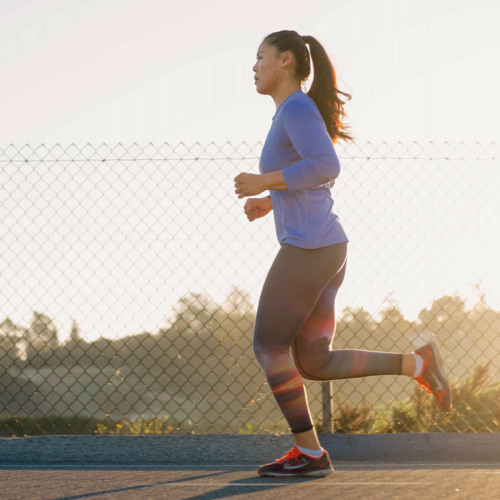Following Chris Froome’s Tour de France win, and Team GB’s unprecedented medal haul at Rio, if there’s a year of the bike, 2016 is it.
Certainly, it’s one discipline that has lived up to the games’ mantra of “inspiring a generation”.
Cycling has been becoming increasingly popular as a sport, as an easy form of training and as a cheap form of commuting and transport. And following the successes in Rio, it can only get bigger and better.
Training for cycling has been traditionally very simple; the more miles the better! But could the introduction of Pilates help the cyclist to train smarter?
The answer to this is a resounding yes – at both an elite level, and also for someone who is using their bike to get to work or for health benefits.
For any cyclist improving efficiency is key – the more power they can produce with less effort, the faster they can travel for longer.
It is easy to spot a tiring cyclist – as fatigue sets in their effort becomes less and less efficient, and as they pedal, their bodies will start to roll from side to side on their bikes. In contrast, riders who are still moving efficiently will have their legs turning the pedals smoothly whilst their head, shoulders and body remain still and secure, in doing so they are wasting less energy to propel the bike.
Clearly, the longer a cyclist is able to maintain good form on the bike, the more efficiently they will use their energy, and the further and faster they can go.
Pilates targets the core muscles that help stabilise the rider on the bike, keeping the spine in a stable position whilst the limbs move. So by improving their core strength, cyclists can increase their power output.
Sir Bradley Wiggins (who knows a bit about generating power on a bike) is quoted as using Pilates to help strengthen his core; as he says “without a solid core you can’t transfer power efficiently.”
An increase in core strength also improves balance and therefore bike handling – always an advantage in both performance and safety cyclists at all levels.
It is not just through the core where performance gains can be found. Pilates also encourages improved limb alignment when moving. Again, the key here is improved stability. Making the movement more stable improves the movement pattern in the leg, stopping the knees and feet from turning or twisting during the pedal stroke. This delivers significant benefits in both force production and efficiency and – equally important – also helps protect against potential knee or ankle injuries.
Cyclists frequently have lower bone mineral density than sportspeople in other disciplines – this means that their bones are softer and more susceptible to fractures. By adding some resistance based training – Pilates works well for this – load will be put through these bones and joints which will increase their bone mineral density, increase resilience and reducing the risk if fractures in crashes. Another advantage of using Pilates for resistance training is that it will improve muscle strength without increasing bulk, allowing cyclists to improve their power to weight ratio (watts/Kg).
Last but not least, let’s not forget that Pilates is known for its ability to improve flexibility and posture, so it’s a great way to redress some of the postural and muscular tightness and imbalances that cycling inevitably brings. Cyclists tend to suffer from tight hip flexors, necks and upper backs, caused by being hunched forward over the frame – it’s a particular issue for racing cyclists. Pilates will help stretch and lengthen these muscles, and also strengthen them so they don’t set tight and short, this is another good preventative measure to avoid injury.
Competitive cyclists can build Pilates into their regimen during both the on- and off-season. In the off-season they can use it to help build strength and improve alignment. During the season, it will help them stretch and release tight muscles whilst improving core strength.
Given most cyclists’ obsession about getting their bikes as light and strong a possible, perhaps it’s time more of them thought about their bodies in the same way, and start improving their speed, efficiency and endurance whilst warding off injury by introducing Pilates to their cycling regimen.





